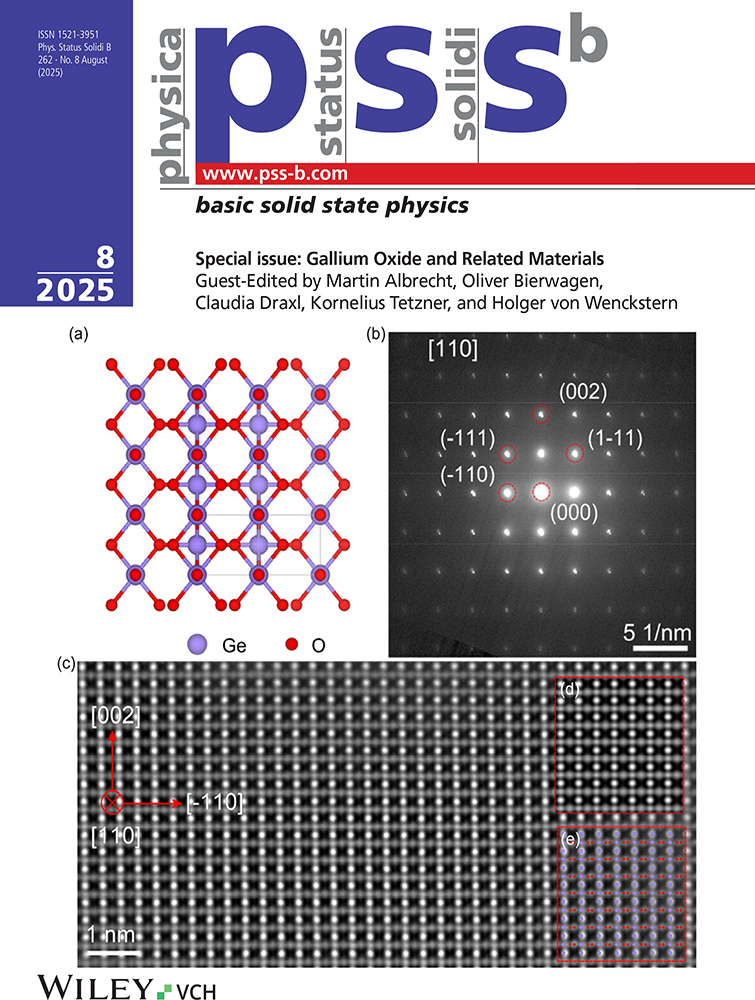Correlation Effect on Ground State Energy Statistics in Disordered Quantum Dots
Abstract
Distribution of peak spacings of the Coulomb oscillation is theoretically investigated in disordered quantum dots. Taking account of the electron–electron interaction by the perturbation, we show that a pair-type (BCS-type) correlation plays an important role in determining the distribution in the diffusive region. The correlation effect can result in a sharp peak structure of the distribution, deviating drastically from the prediction of the random matrix theory, in the absence of a magnetic field. Numerical results support the proposed mechanisms. The pair-type correlation does not work in the presence of a magnetic field.




